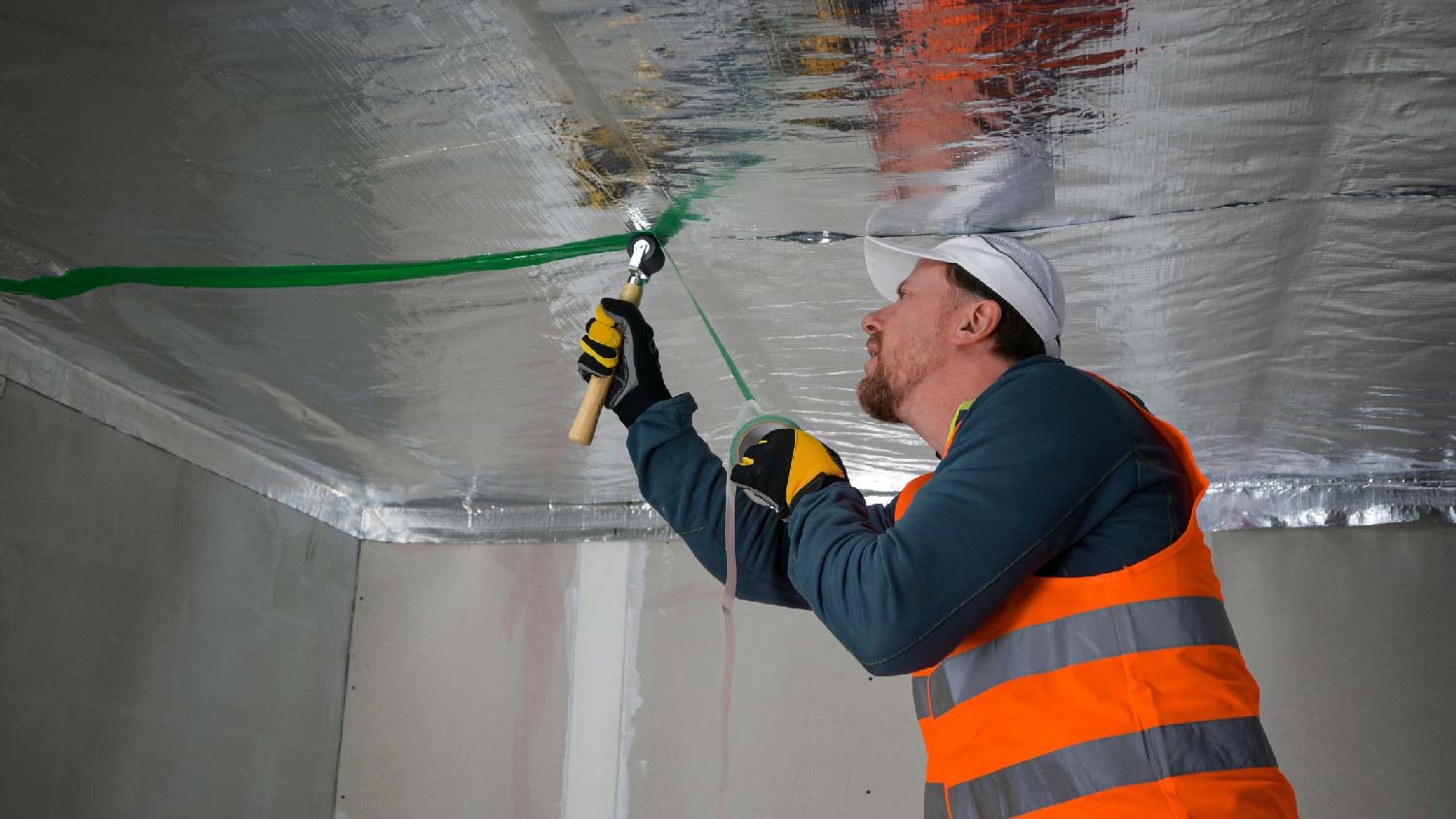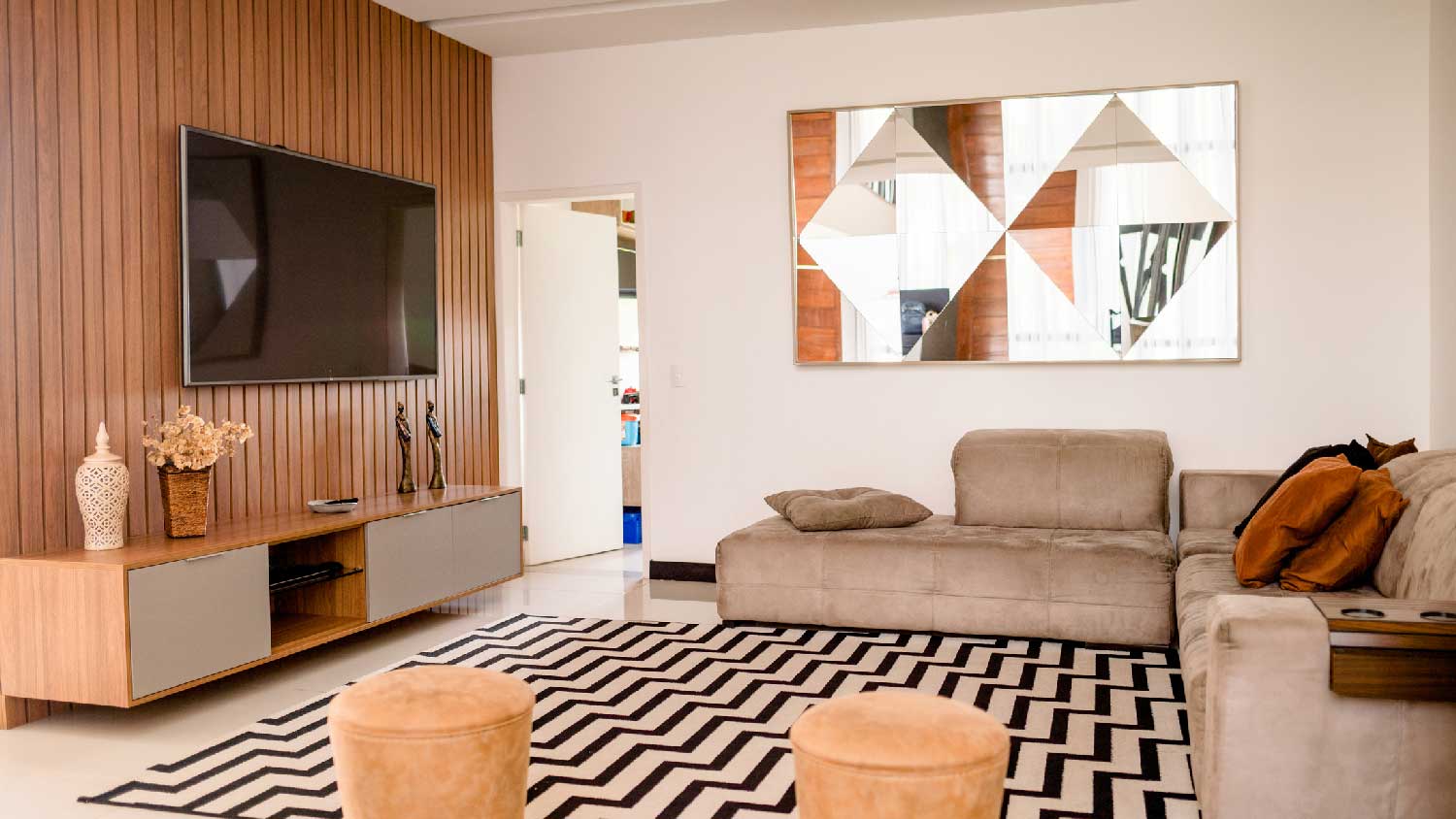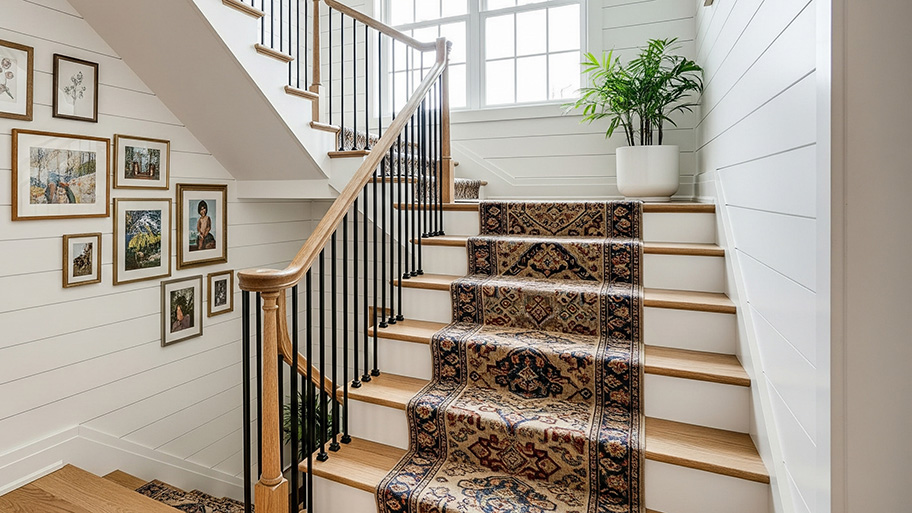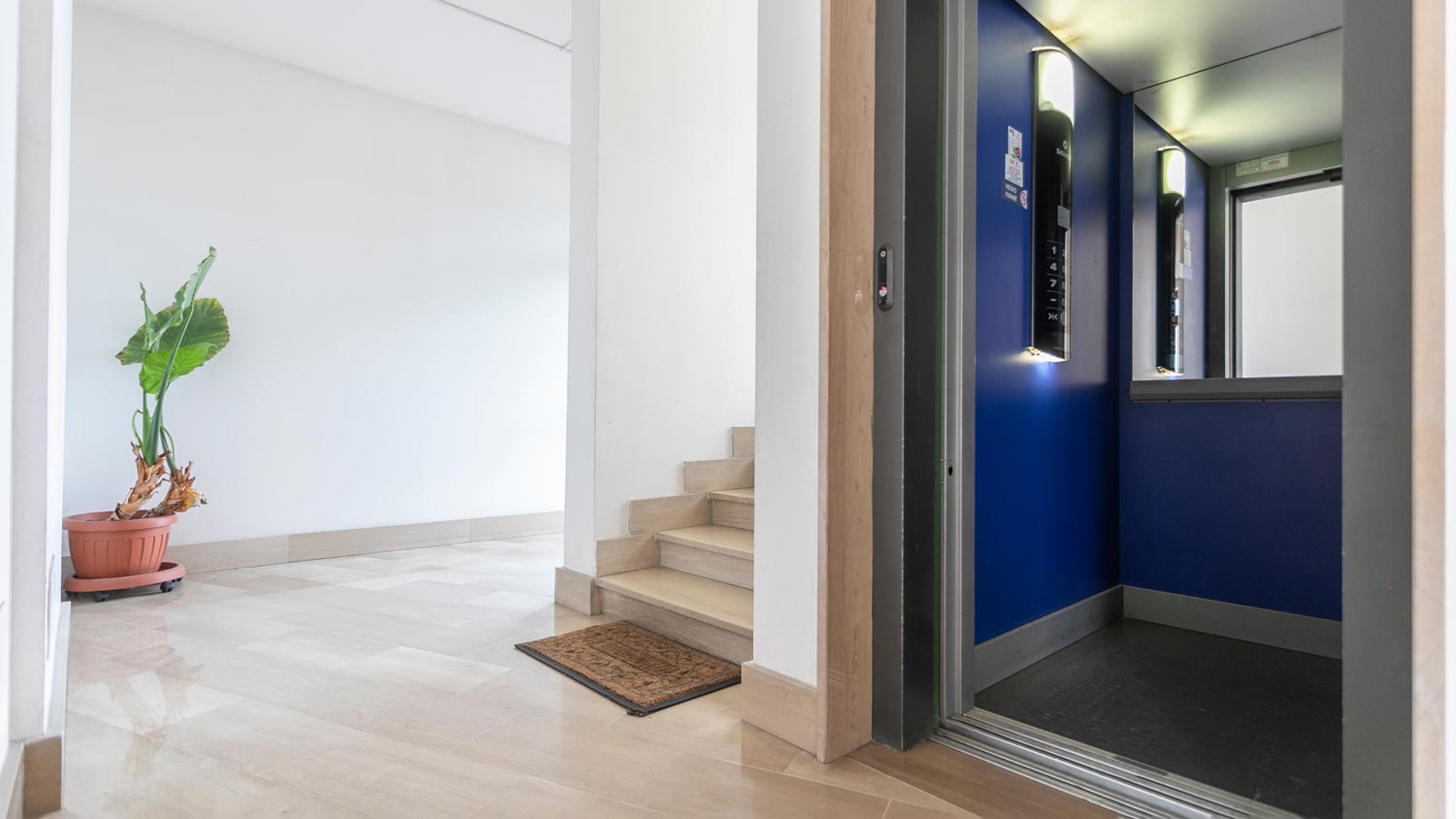
Most building projects and septic installations require soil testing to ensure proper drainage. Learn how much a perc test costs and what affects costs.
Now you hear it, now you don’t


Professional ceiling soundproofing costs between $1,000 and $2,700 on average, but they can tackle this project more safely and faster than a DIY attempt.
Working overhead on a ladder is risky, and removing ceiling drywall or installing heavy soundproofing materials increases the danger.
Soundproofing often involves insulation, mass‑loaded vinyl, isolation clips, and multiple layers of drywall—tools and materials most homeowners don’t have on hand.
Mistakes such as leaving gaps, compressing insulation, or improperly attaching drywall can reduce soundproofing effectiveness and lead to costly rework.
Unless you have experience removing existing ceiling and adding soundproofing, it’s a good idea to turn to a local ceiling contractor to complete the job.
Imagine sitting in the quiet of your living room, enjoying a cup of coffee or a good book, when you hear the clomping footsteps of your upstairs neighbor or your kid practicing the drums. Learning how to soundproof a ceiling can prevent loud noises from interrupting your downtime. Let’s look at a few ways to soundproof a ceiling during construction or in an older home.
If you live in a home that isn’t adequately soundproofed, it can make it difficult to hold a conversation or even hear yourself think. There are other reasons to consider soundproofing your home. For example, if you host guests in the basement, consider soundproofing the ceiling for their comfort. It also may be necessary if you live in a multi-family building where other families live above you.
Soundproofing a room costs between $10 and $30 per square foot, depending on its size and the methods you choose. Mass-loaded vinyl, for instance, can cost between $2 and $5 per square foot, while foam insulation costs between $1 and $3 per square foot. Soundproofing drywall costs around $40 per panel, and the number of panels you’ll need depends on the size of the ceiling.
Preparing to soundproof a ceiling is relatively straightforward. The most important step is to choose a soundproofing strategy and the type of soundproofing material and then make a plan to implement it. If you’re building a home or want to soundproof the ceiling of an addition, speak with your contractor about your options.

Soundproofing a ceiling can make a room more comfortable, but the type of soundproofing you can accomplish will depend on whether you’re working during the construction phase or soundproofing an existing ceiling. There are a number of ways to accomplish your goal of a quiet space, and you can install multiple methods to further reduce the noise entering the room.
Soundproofing insulation goes between the ceiling joists, so this option is best when constructing a new ceiling. This type of insulation is designed to absorb noise before it can move through the ceiling.
Mass-loaded vinyl (MLV) soundproofing barriers are sheets of rubber-like material between ⅛
and ¼ inch thick. They dampen the sound coming from the floors above. In a new ceiling, these are installed above the ceiling drywall and directly onto the joists. If you’re soundproofing your existing ceiling, you can install them on the existing drywall and cover them with ceiling tiles or sheets of drywall.
Isolation devices look different depending on the company that manufactures them, but they create space between the ceiling and the joists supporting the floor above. This provides a space for the sound to dissipate and reduces the noise transferring to the room below.
You might be able to install these devices on an existing ceiling by securing them to the joists through the drywall and installing additional sheets of drywall to the clips to create isolation.
While this strategy can be used for a new ceiling, it also works for an existing ceiling that needs additional soundproofing. Installing a second sheet of drywall adds material that can capture and dampen sound as it travels through the ceiling. You can choose different types of drywall, including soundproofing drywall, to fit your space and budget.
If you add another layer of drywall to the ceiling, you can apply a noise-proofing compound between the drywall layers for additional soundproofing. This solution will further dampen the noise coming through the ceiling.
Another option is to paint the ceiling with soundproof paint. Results for this soundproofing technique are mixed, with some users saying it works to muffle sounds from other rooms while others don’t notice much of a difference. It’s also a little tricky to apply, and multiple thick coats are ideal.
You can install acoustic ceiling tiles or baffles on your existing ceiling to absorb noise before it gets into the room. Different types of ceiling tiles come in a wide range of colors, patterns, materials, and ceiling tile sizes to enhance the room’s design. The same can be said for ceiling baffles that hang from the ceiling and are made of a soft material intended to absorb sound.

Soundproofing a ceiling can reduce noise from other areas that disrupt conversations or make it hard to hear the TV. Here are a few tips to consider as you choose your soundproofing method:
Evaluate your current space: Before embarking on a ceiling soundproofing project, evaluate your current space. If you’re building a new home, you can install soundproofing materials into the ceiling during construction. But if you have an existing ceiling, weigh the options for soundproofing it in its current state or removing the existing drywall and adding insulation or isolation devices.
Keep the design in mind: For some rooms, adding ceiling baffles or acoustic tiles can enhance the design while reducing the noise. In other rooms, adding a second layer of drywall may be the best way to maintain a cohesive look. Keeping design goals in mind can help you decide on the best strategy.
Analyze the noise levels: Analyzing the noise levels will help determine the best soundproofing method, such as soundproofing or sound-absorbing techniques. If you’re dealing with an excessive amount of noise—like a second-floor movie theater—you can consider the most effective methods. You can choose simpler options if you just need to muffle the footsteps and conversation coming from your kids’ rooms.
Deciding whether to soundproof a ceiling yourself or hire a pro will depend on your level of DIY experience. If you’re adding a sheet of drywall and noise-dampening compound or applying soundproof paint, you can tackle those projects yourself. If you’re soundproofing the ceiling of a new home, discuss options with your contractor and leave it to them. Removing the existing ceiling and adding soundproofing measures can be a DIY job if you have the experience to complete it. Otherwise, it’s a good job for a ceiling contractor near you.
Getting up on a ladder to work on your ceiling is dangerous. Unless you have experience and a buddy nearby to help you, call a pro to complete the job.
From average costs to expert advice, get all the answers you need to get your job done.

Most building projects and septic installations require soil testing to ensure proper drainage. Learn how much a perc test costs and what affects costs.

Discover stair repair cost estimates, including average prices, key cost factors, and tips to help you budget for your stair repair project.

When your home project requires a professional at the helm, how much are construction management fees, and how do they determine their rate? Let's break it down.

Discover the average home elevator maintenance cost, key price factors, and expert tips to help you budget for safe, reliable elevator upkeep in your home.

If you’re replacing your roof or flooring, you might be wondering, “How much plywood do I need?” The answer comes through a simple calculation.

Explore the best caulk alternative options to seal gaps, prevent leaks, and enhance your DIY projects. Find the perfect solution for any application.